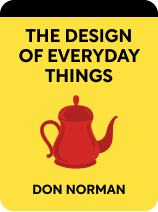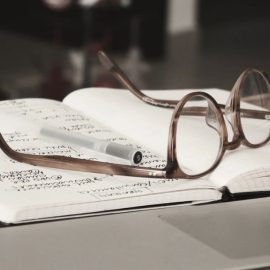

This article is an excerpt from the Shortform book guide to "The Design of Everyday Things" by Don Norman. Shortform has the world's best summaries and analyses of books you should be reading.
Like this article? Sign up for a free trial here .
What is resilience engineering? How can designs account for safety and potential complications?
Resilience engineering is the idea of designing important objects so that they can withstand issues and complications. This is especially important when it comes to objects that can cause harm.
Read more about resilience engineering and how it works.
Resilience Engineering: Is Design Always the Answer?
Unfortunately, design only goes so far, and there is still such a thing as “real” human error. This is especially true in cases where an activity can have catastrophic results if something goes wrong, but the likelihood of something going wrong in any one particular case is relatively low. When we know there’s a one in a million chance of something terrible happening, we assume we’re safe. The problem, of course, is that one person in that million will be wrong. We see this sense of invincibility at play when people deliberately make risky choices, like ignoring safety measures in order to get a job done faster, or driving after drinking.
However, even in cases that appear to be pure human error, there is often a design element at play—specifically, the design of systems. For example, we know that a sleep-deprived doctor is far more likely to make critical errors than a well-rested doctor. Yet hospital procedures still frequently have doctors working dangerously long shifts with little to no sleep. If a doctor in such a hospital makes an error, is it her fault? Or is it the fault of the complex system that required such long working hours in the first place?
Thankfully, some industries have adjusted the design of their systems to ensure employees are in top form before performing potentially dangerous operations. In aviation, pilots are only permitted to fly a certain number of hours without rest, but they must complete a minimum number of flying hours to keep their license active. This ensures that pilots only fly when they’re able to do so safely, and also that they remain in good practice. This kind of preventative strategy is called resilience engineering.
Resilience Engineering
Preventative approaches to safety are especially important in industries where errors could lead to particularly disastrous effects, like medicine, transportation, and electrical power systems. Resilience engineering focuses on building robust systems that can withstand any complications they might face, whether from human error, system breakdown, or external forces like natural disasters.
The resilience engineering approach assumes that errors are inevitable, that people perform differently under extreme stress, and that the areas where systems are most vulnerable to error are constantly changing to reflect a changing environment. In practice, resilience engineering involves several processes. These assumptions give rise to three of the main tenets of resilience engineering.
- Focus on more than products. Consider all the systems involved in making, selling, and using the products (including social systems).
- Test under real-life conditions. For computerized systems, this might mean shutting down parts of the system without warning to test backup functions as well as employee response under real-life stress.
Test continuously, not as a means to an end. Systems are constantly evolving, so testing only after major changes are implemented is not enough to ensure safety.

———End of Preview———
Like what you just read? Read the rest of the world's best book summary and analysis of Don Norman's "The Design of Everyday Things" at Shortform .
Here's what you'll find in our full The Design of Everyday Things summary :
- How psychology plays a part in the design of objects you encounter daily
- Why pushing a door that was meant to be pulled isn't your fault
- How bad design leads to more human errors






